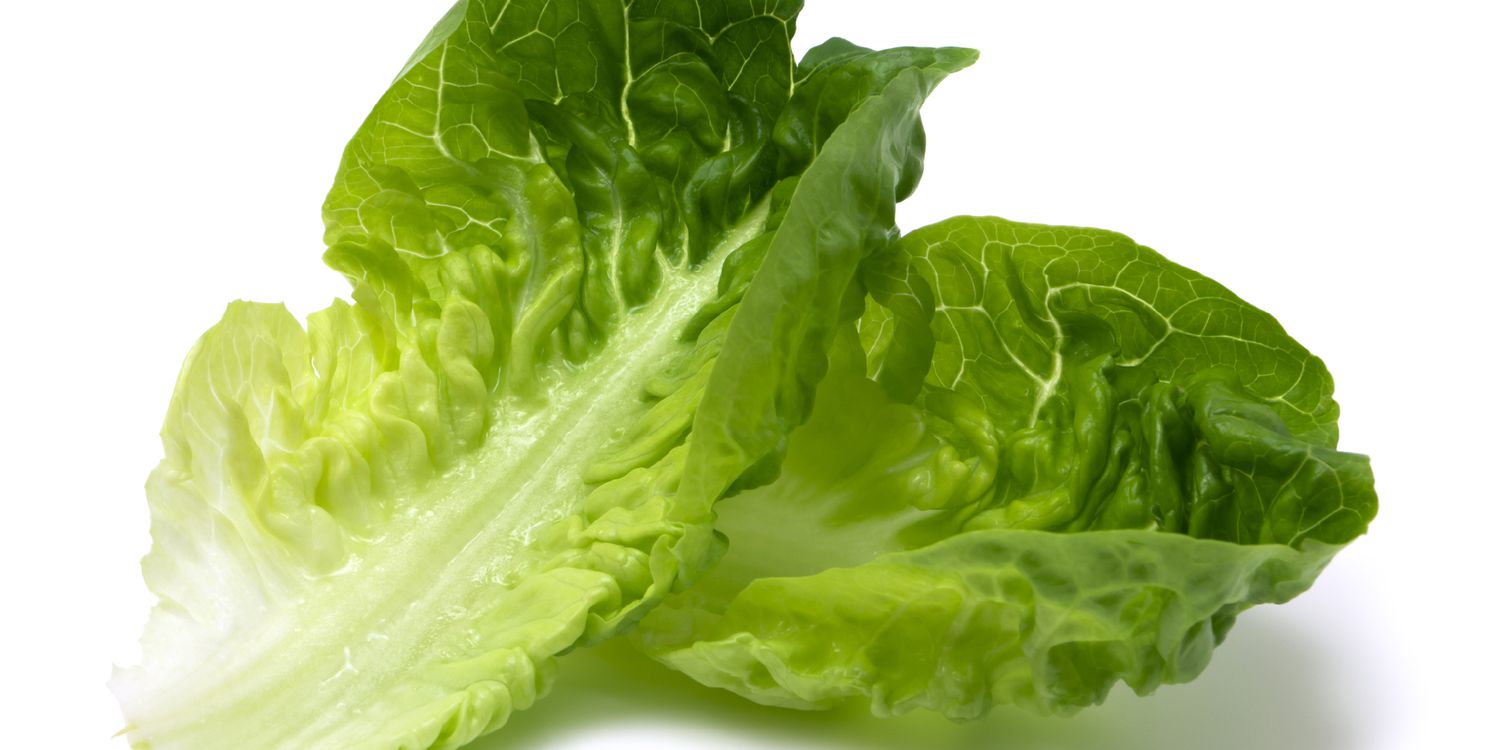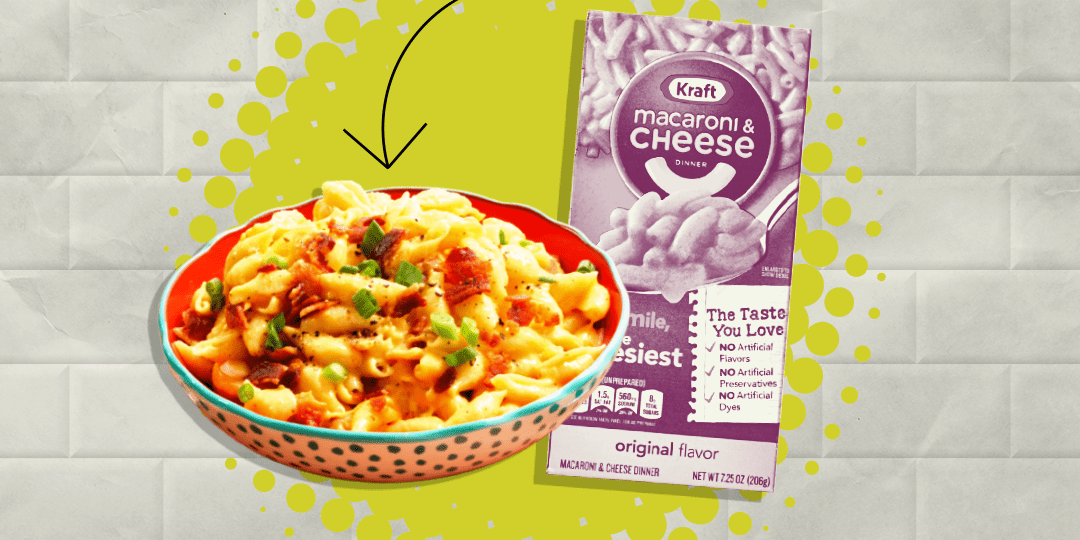Lettuce is a lot of things: salad base, burger-topper, wrap, and more. It’s fresh, light, and acts as a blank slate and vehicle for flavor.
Once you bring your lettuce home, you may be faced with the disappointment that comes with reaching for your favorite variety in the fridge, only to find it slimy or limp. Read on for the smartest, simplest way to avoid that next time around.
How Long Does Lettuce Last?
Fridge: head- 1 to 3 weeks / loose leaf- 10-14 days
Room Temperature on the counter: 2-4 days, not recommended
In the freezer: 6 months
Head Lettuce vs. Loose Leaf Lettuce
Whether you purchase loose, bagged, or boxed lettuce or a full head is completely up to you. Heads of lettuce tend to last longer and make for a crunchier, even fresher-tasting product.
When buying a head of lettuce, the bunch should be tight, the leaves should feel crisp and vibrant, and if anything is even close to slimy, brown, or heavily spotted, leave it on the shelf.
Look for similar things in loose-leaf lettuce. Check the bottom of the container or the bottom and back of the bag to inspect for slimy residue, stuck-together leaves, and discoloration. Purchase the salad greens with as much time remaining according to the best-by date. Try reaching in the back —that’s where the latest date will be since stores are trying to sell the bags with the closest date first.
Should You Wash Lettuce Before Storing?
The short answer is no. Minimizing moisture is paramount for the lifespan of lettuce. Head lettuce especially shouldn’t be washed until you’re ready to use it. Remove the leaves you’re going to need and wash them to order.
The Best Way(s) to Store Lettuce in the Fridge
How you store your lettuce will understandably vary depending on whether it’s a whole head or loose leaves.
For a head of lettuce, cut off the stem, being careful to leave the head intact. Wrap a paper towel or thin dish towel around it to absorb moisture while storing it, and place it in a crisper drawer in the fridge. The drawer should be for other vegetables and set to high. Don’t store any ethylene-producing produce, like fruit, in the same drawer as your lettuce, or it’ll be a goner in no time.
For bagged heads of lettuce, remove the heads from the bag they’re sold in, remove any brown or damaged outer leaves, wrap them in paper towels, then place them in fresh, new plastic bags before relegating them to the crisper drawer of the fridge. Leave heads of iceberg lettuce in their shrink-wrapped plastic packaging until you’re ready to use it.
When it comes to loose, leafy greens from a grocery store salad kit, it’s harder to extend their (already shortened) shelf life. But there are a couple of things you can do:
Transfer the lettuce from the manufacturer bag to an air-tight storage container lined with a paper towel. You can also open the bag, add a paper towel, and reseal with a clip, being sure to replace that towel daily.
Letting the lettuce breathe a bit, yet keeping it protected from outside air to minimize oxygen exposure is a delicate balance but helpful in extending its life. Air-tight plastic or glass storage containers do a good job of this and might be the preference over a bag for this reason. The container lets the leaves have more room (if you use a large enough one) so the leaves aren’t squished or bruised.
How to Tell If Lettuce Has Gone Bad
Thankfully, lettuce has some dead giveaways when it starts to go bad. The leaves droop and lose their vibrance. Then, they get soft and darken to brown, black, or even red shades. Finally, they’ll turn soggy, mushy, and slimy, releasing a colored liquid.
Related:
- Light and Fresh Salad Recipes For Your Next Potluck
- Grandma’s Best Summer Salads
- How to Make a Kitchen Sink Salad, My Favorite Easy Dinner for One




